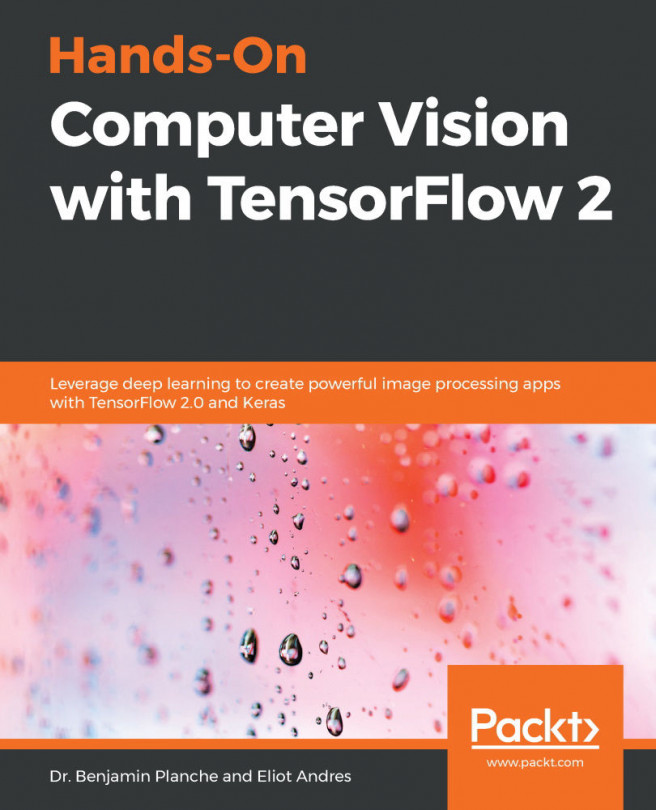TensorFlow released the PoseNet model, which is used to detect human poses using a browser. It can be used for both single poses and multiple poses.
PoseNet is based on two papers from Google. One uses the top-down approach, while the other uses the bottom-up approach.



































































